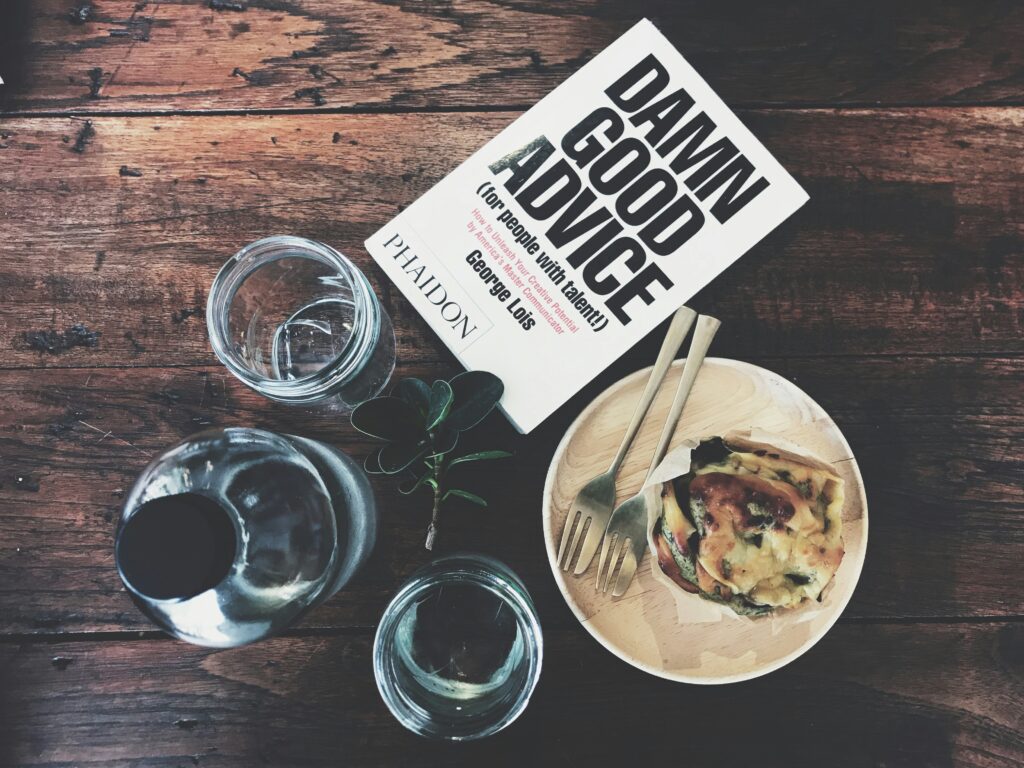Avoiding Grant Mistakes: How to Maximise Your Chances

Applying for funding can feel overwhelming. There are so many steps, and grant mistakes can quickly derail your efforts. The good news? Most common errors are avoidable. By understanding these pitfalls, you can boost your chances of success and create stronger applications.
Let’s explore the top mistakes grant seekers make—and how to avoid them.
Mistake #1: Ignoring the Guidelines
Skipping the guidelines is one of the biggest mistakes grant seekers make. These documents outline essential details, from eligibility criteria to deadlines. Missing even a small requirement can disqualify your application.
How to Avoid It
Take time to read the guidelines thoroughly. Highlight key points, check the eligibility criteria, and note the required documents. This simple step can save you from costly mistakes later.
Mistake #2: Applying for the Wrong Grant
Not every grant is a good fit. Applying for opportunities that don’t align with your mission or project is a common misstep. It wastes time and reduces your chances of success.
How to Avoid It
Be selective. Use tools like Grant’d to find grants that match your organisation’s goals. Focus on opportunities that align with your mission, funding needs, and capacity.
Mistake #3: Rushing the Application
Rushing leads to mistakes, missed details, and incomplete grant applications. Submitting a proposal just before the deadline increases the likelihood of mistakes.
How to Avoid It
Start early. Give yourself plenty of time to draft, review, and refine your application. Platforms like Grant’d help track deadlines and keep your submissions organised.
Mistake #4: Focusing Only on the Money
While securing funding is important, funders also want to know how their money will create impact. Applications that focus solely on financial needs often miss the mark.
How to Avoid It
Shift the focus to your mission. Show how the grant will help you achieve meaningful outcomes and drive real change. Funders want to see the bigger picture.
Mistake #5: Overcomplicating the Budget
Complex budgets confuse funders. Many grant seekers add unnecessary details or fail to provide a clear breakdown of costs.
How to Avoid It
Keep it simple. Use clear headings and break costs into logical categories. Follow any templates or guidelines provided by the funder to ensure your budget is easy to understand.
Mistake #6: Overlooking Budget Accuracy
A budget with errors or inconsistencies raises red flags for funders. Failing to align your budget with the grant’s scope can hurt your application.
How to Avoid It
Double-check every detail. Include all eligible expenses and ensure the budget matches your application. If you’re unsure, consult an accountant or team member for assistance.
Mistake #7: Skipping Impact Measurement
Funders want to see the results of their investment. Applications without clear impact metrics often fall short.
How to Avoid It
Define how you’ll measure success. Whether it’s the number of people served or improvements in a community issue, include metrics to track and report your outcomes.
Mistake #8: Sending the Same Application to Multiple Funders
Copy-pasting the same application for multiple funders might save time, but it weakens your grant proposal. Funders want to see that you’ve tailored your application to their priorities.
How to Avoid It
Customise each application. Research the funder’s goals and show how your project aligns with their mission. A personalised approach demonstrates your commitment.
Mistake #9: Ignoring Relationships
Grants aren’t just about applications—they’re about connections. Many grant seekers fail to build relationships with funders, missing out on valuable insights and support.
How to Avoid It
Engage with funders before applying. Attend their events, follow them on social media, and maintain communication. Strong relationships can make your application stand out.
Conclusion: Avoid These Grant Mistakes, and Set Yourself Up for Grant Success
Grant applications require focus, time, and attention to detail. By avoiding these common grant mistakes, you’ll position yourself for success and create stronger, more compelling proposals.
Remember, Grant’d is here to make your grant-seeking journey easier. From finding the right opportunities to keeping you organised, we’re your partner in securing the funding you need. Let’s turn your vision into reality—without the mistakes.


